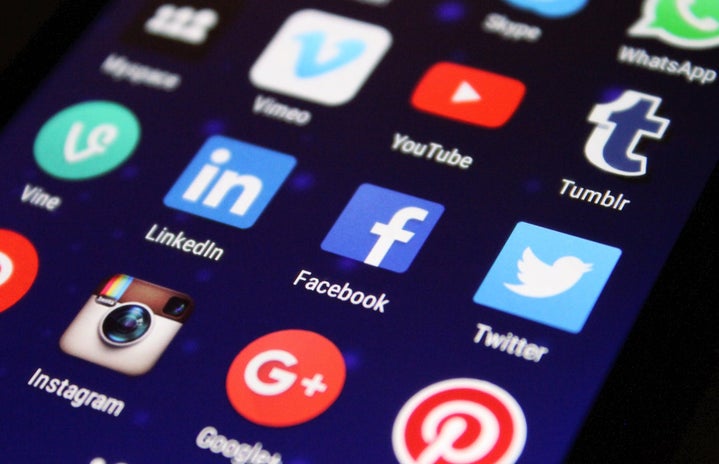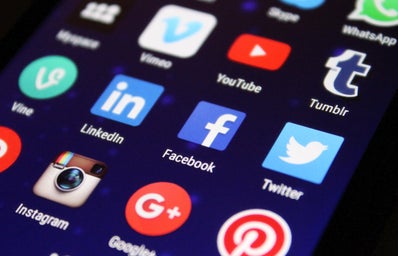*Disclaimer: Her Campus GSU is not a licensed health care provider*
Going three hours without scrolling through Instagram, posting a tweet, or sending a Snapchat may seem easy enough, but according to the Anxiety and Depression Association of America 20% of social media users couldn’t stay away for more than three hours. This is more formally known as Social Media Anxiety Disorder.
What is Social Media Anxiety Disorder?
Social Media Anxiety Disorder (SMAD) is a syndrome related to generalized Social Anxiety. It is acquired when the participation of social media affects the physical and mental wellness of an individual. This is the third largest psychological disorder in the US, after alcoholism and depression and affects around 13% of our population. This syndrome can lead to depression, loneliness, feelings of embarrassment and inadequacy, and anxiety in online social situations. Physiological responses include paranoia, increased heart rate, excessive sweating, and trembling. The emergence of social media has had an enormous impact on the ways we can communicate our boundaries through conversation, and this room for misinterpretations has subsequently made room for anxieties.
For example, have you ever been waiting for a text back and suddenly five minutes felt like five hours? This is due to the fact that texting is a conversational method of online communication, as opposed to an email. Because of this, people develop their own expectations without actually stating them and it can lead to a lot of miscommunication and uneasiness. The instant gratification of receiving a text back is great, but if you’re suffering from anxiety you may get stressed during the process.

Here is a short list of symptoms of SMAD
-
Feeling an extreme sense of attachment to your phone or computer.
-
Constantly checking your number of followers and constantly seeking ways to increase the number.
-
Randomly adding strangers to your account.
-
Excusing yourself from social situations to constantly check notifications.
-
Interrupting conversations to make others aware of their notifications.
-
Anxiety builds up while waiting for likes, shares or comments.
-
Obsession to maintaining a presence and reputation online.
These symptoms can be present but kept at a socially acceptable or healthy level. The syndrome becomes diagnosable when these behaviors begin to interfere with face to face social situations and daily functioning.
When acknowledging and managing your anxiety it’s important to try and pinpoint where it’s coming from. Cutting back on social media usage can open your eyes to which situations were giving you anxiety. Is it when people send a one word reply, or when people take too long to reply? You can even have anxiety over the punctuation that people use when talking to you! No matter how small the root of your anxiety seems, the feelings that emerge are valid and can be managed. Here are some steps to help you avoid developing anxiety and how to manage it.
-
Balance the time you spend online and offline
-
Establish boundaries with your phone
-
Recognize the strengths and weaknesses of social networking
-
Talk to others about these feelings; it will help you feel less alone
Phones and social media are not going away anytime soon but we don’t have to let it impair us. If you do have anxiety you aren’t alone, and if you don’t then you probably know someone who does.
Remember it is good to step away from social media sometimes, it’s okay to take a break.




